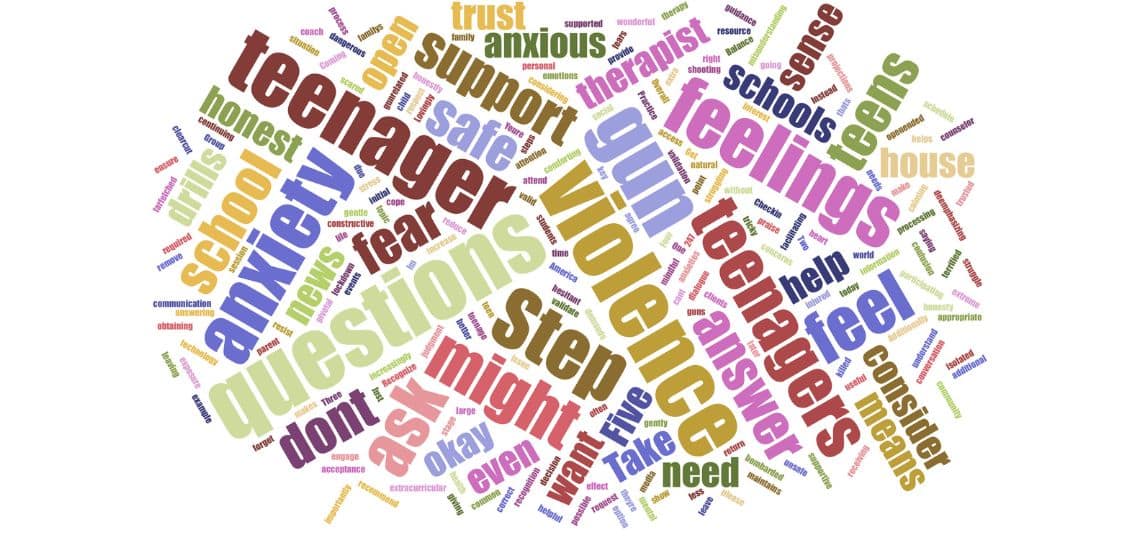
Since the beginning of the COVID-19 pandemic, many pediatric patients who suffer from headaches have experienced more frequent headaches and worsening anxiety and mood, and a new study finds links to stress, decreased physical activity and increased screen time.
The findings, published in the Journal of Child Neurology, showed that elevated stress associated with disruptions to daily life, social distancing practices and anxiety about the threat of illness to oneself and others brought on by the pandemic impacted the quality of life for kids with headache disorders.
These findings are really impactful to me as a physician and a parent. It is important we gain a better understanding about how stress and changes in routine affect children’s wellbeing and mood. Things like moving to a virtual environment may have resulted in feelings of isolation and anxiety for kids, and increased screen time may have played a role in more frequent headaches.”
Marc DiSabella, D.O., lead author, director of the Headache Program at Children’s National Hospital
Migraine and other headache disorders are exceedingly common in adolescents and children. For this study, 107 patients completed a questionnaire from summer 2020 to winter 2021 examining changes in headache characteristics and lifestyle factors since the start of the pandemic. The survey found:
- Pre-pandemic, 60% of patients reported having headaches less than 15 days of the month. After the start of the pandemic, that number dropped to 50%.
- Patients reporting constant daily headaches went from 22% pre-pandemic to 36% after the start of the pandemic.
- 49% of patients reported their headaches had worsened since the onset of the pandemic.
- 54% of patients reported that their physical activity levels decreased because of the pandemic.
- When asked about screen use during the pandemic, 61% of patients reported using screens for more than six hours a day.
The authors of the study note that whether or not increased screen time worsens headaches has not yet been clearly established; however, patients and families routinely cite screen use as a headache trigger. Lack of physical exercise is also often cited as a migraine trigger.
“Having a headache every day, all the time, with no break in site, is really frustrating to children and their parents,” Dr. DiSabella adds. “They just want to be a normal child yet have no control over when the pain increases, and they suddenly are unable to do simple activities like reading a book or seeing friends, which adds to the uncertainty of their future.”
Participants also reported worsened anxiety, mood and workload. According to the authors, this is likely to affect headache patients given their elevated rates of anxiety and depression.
“We already know that patients with headache disorders have disproportionately high rates of mood complaints, including anxious and depressive symptoms,” Dr. DiSabella says. “The fact that our patients reported this worsened during quarantine is an additional stress on their already complex lives, managing pain, school and extra-curricular activities.”
While the study is limited by sample size and observational design, future population-based studies will further explain the impact of this pandemic on kids who suffer from headaches. In the interim, Dr. DiSabella recommends parents talk with their children about how the pandemic has impacted their headaches and mood. He also recommends offering children help, either at home or with a professional trained in child psychology.
Source:
Children’s National Hospital

 PARENTING TIPS
PARENTING TIPS PREGNANCY
PREGNANCY BABY CARE
BABY CARE TODDLERS
TODDLERS TEENS
TEENS HEALTH CARE
HEALTH CARE ACTIVITIES & CRAFTS
ACTIVITIES & CRAFTS

